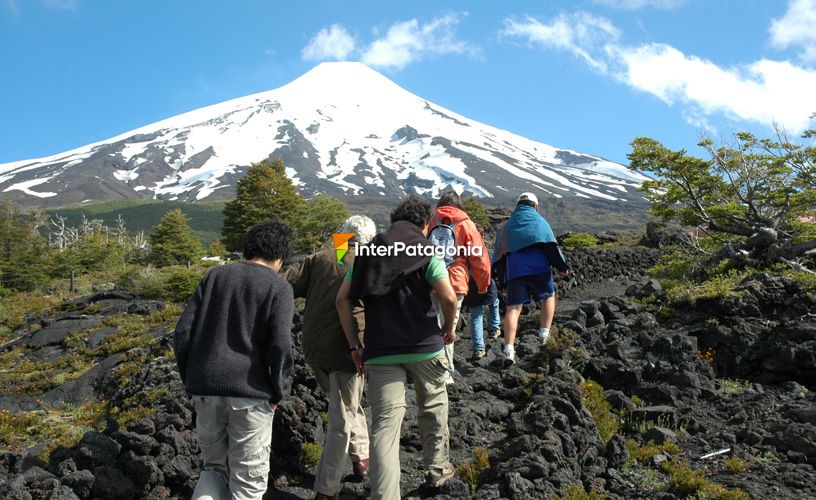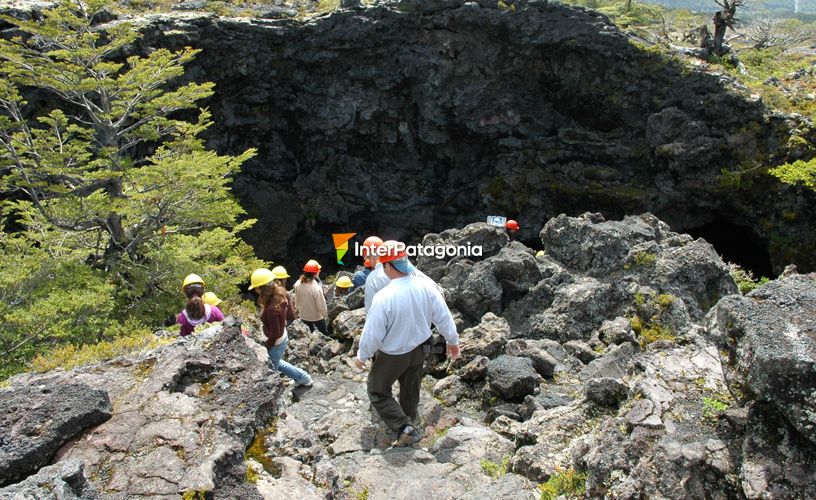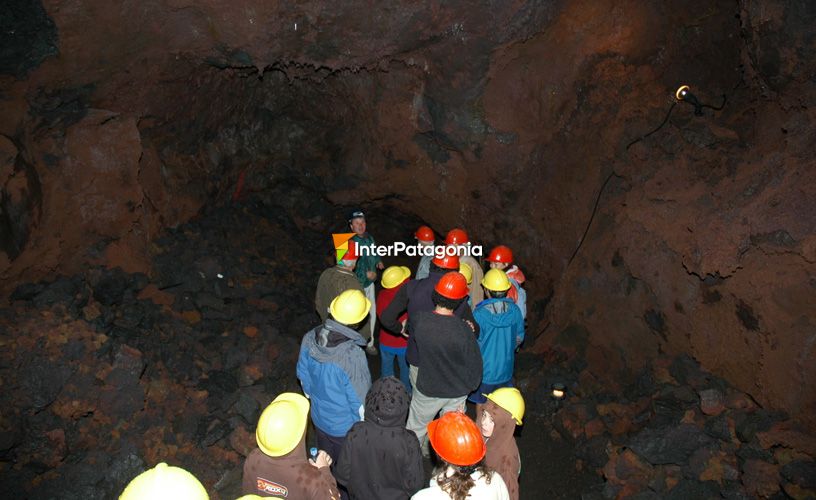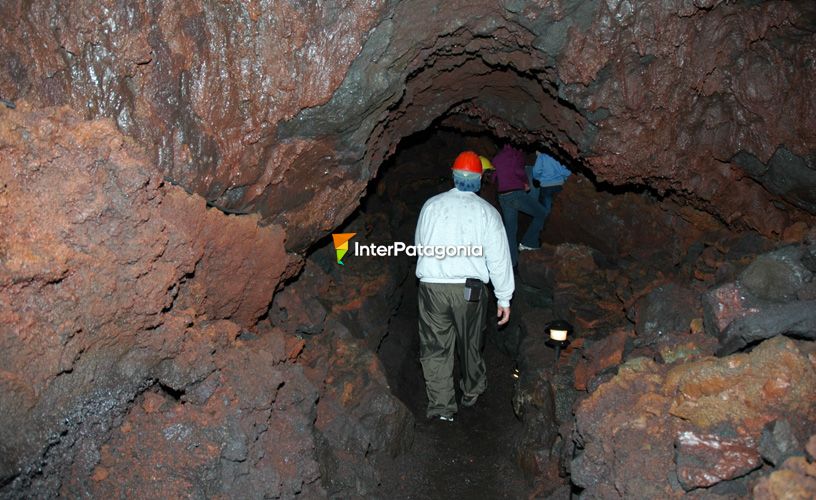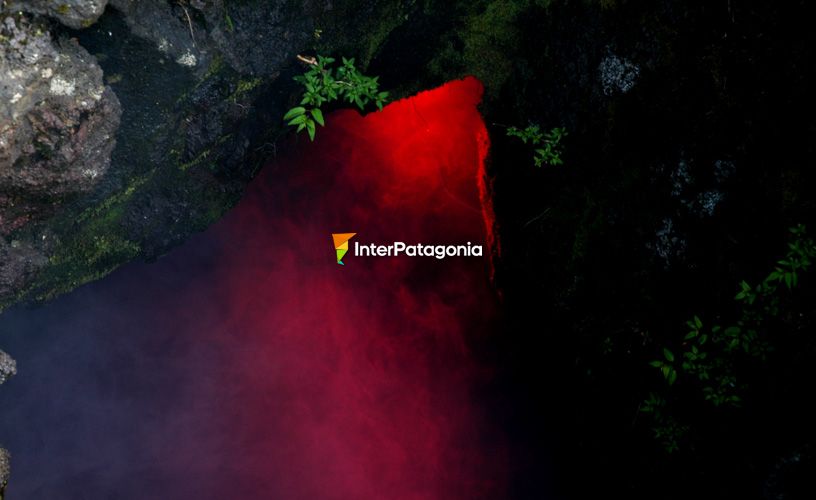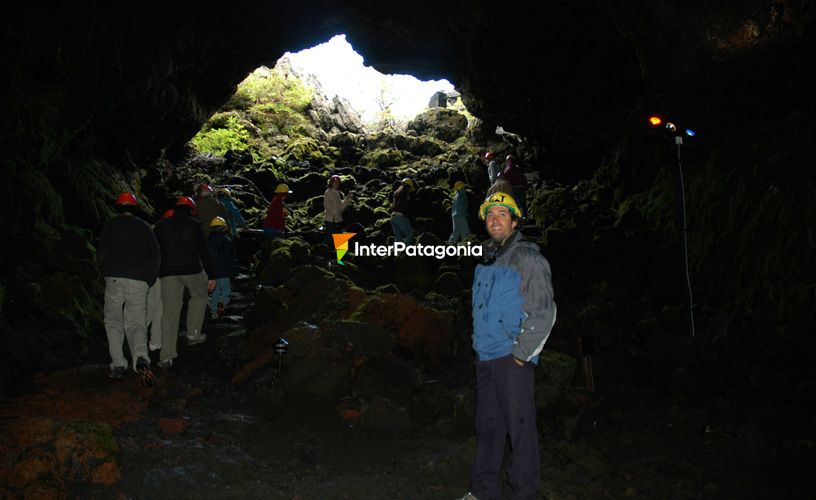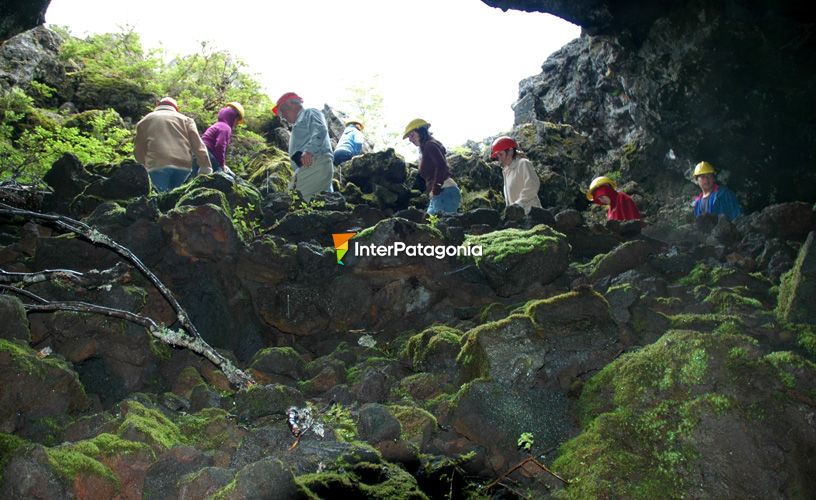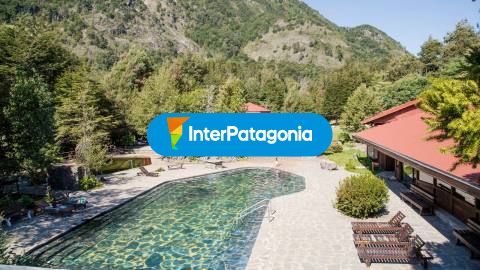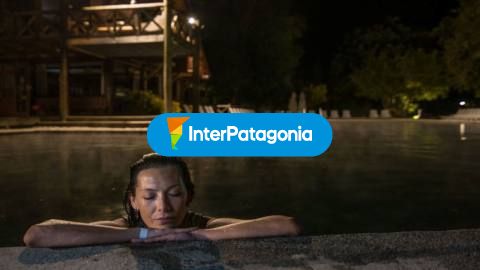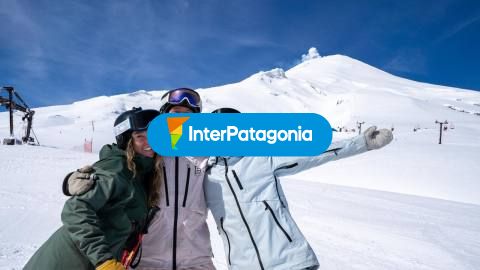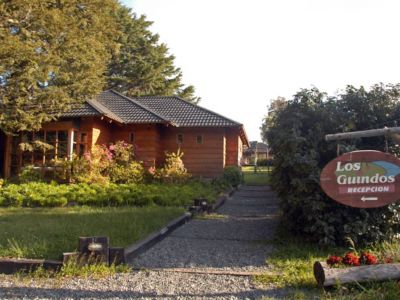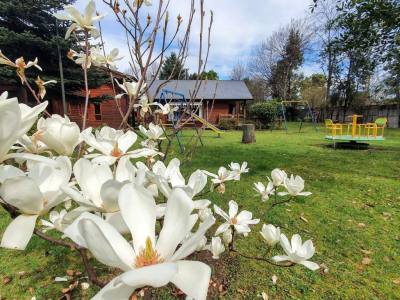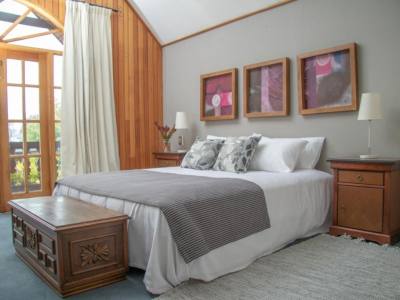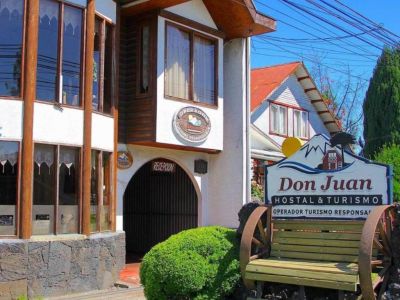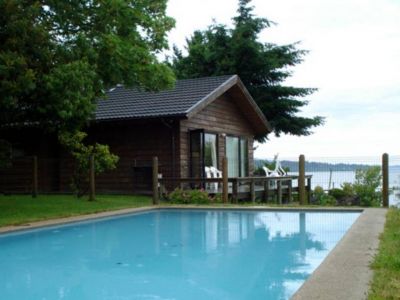Silent and omnipresent, the silhouette of the volcano would produce a marked contrast with the clear sky of the IX Region of Chile. Watching it was more than enough to realize that, in the upper area of the crater, a fumarole would move up by the action of the wind in the summit. The Villarrica Volcano, which is 2,847 meters high, is the unquestionable figure in the national park bearing the same name and one of the biggest attractions for visitors to the tourist city of Pucón. Its original name is Rucapillán, which in the Mapuche tonge mens “house of the devil”. It would seem as if the devil still lived inside the Villarrica Volcano, because it has been one of the most active volcanoes in South America in the last few decades. Its cloud of smoke, subtle though steady, makes the many tourists that visit the area to watch its explosions of magma from the proximities of the crater feel astonished. The last recorded eruption of the Villarrica Volcano took place in 1984 and there are still bad memories of the 1971 eruption, which left a high number of fatal casualties.
The Villarrica Volcano and its Volcanic Caves
The passionate life of the volcano made me want to learn more about it. I quickly learnt about an excursion that I could make to the interior of a volcanic cave forged by the lava during one of the eruptions, which lies on the foothills of the volcano. Totally determined to penetrate the core of the cave, I left Pucón heading for the Villarrica along the Panamericana Road. After approximately 2 kilometers, a signpost indicated that I should turn left into a road that leads to the Villarrica Ski Resort. While I traveled the final 9 kilometers along the rubble road, I could appreciate how the coihue and monkey-puzzle forest would tend to disappear as I gained height.
I was welcomed by Roberto Grellet, one of the guides of the caves, who would be in charge of supplying us with safety elements. Among helmets and torches, we entered the house of the volcanoes, where we were given a lecture on volcanology. Lava flows, eruptions and a chronology of all recorded activity of the Villarrica are presented in this place. This house also works as a control post for volcanic acitivity. We learnt about the various parts that form the volcano, the diverse minerals that compose it and the latest eruptions. Furthermore, Roberto explained to me the premonitory phenomena to understand when a volcano is about to strat erupting.
We left the House of the Volcanoes towards the caves themselves. We began to descend. The irregular terrain presents several access staircases and it is somewhat difficult for senior citizens and children. As a consequence, we advise that they have special care. The helmets protected us from bumping into some sharp stalactite borders we came across in the way. All the geomorphology was faithful evidence of the eruptions that had taken place in the underground scenery.
“In 1971, the volcano we are visiting caused the worst tragedy ever recorded as far as the number of victims is concerned. Over 200 dead and missing people was the result of the destruction that left a ten-meter-thick and 200-meter-wide torrent of lava that went down towards Lake Calafquén, destroying everything on its way down”- the guide explained. Small settlements, such as Coñaripe, Pocura, Traitraico, Quilentué, Llauquén, Chaillupén and part of Licanray and Llanahue, endured the consequences. Pucón and Villarrica were invaded by a toxic cloud that made breathing impossible and thousands of people had to be evacuated.
Fortunately, all the volcano magma movements are presently controlled and registered. In consequence, it is known that many years will pass before the Villarrica shows its braveness again.
We went down 45 meters underground and saw the various formations of solidified lava along the tour. The very fact of thinking that we were inside an underground lava river very close to the volcano was a fascinating experience hard to forget.
Our guide asked us to keep quiet and turn off our torches. The impenetrable darkness invaded me completely. I could see nothing at all. An undescribable shivering sensation went all through my body.
Afterwards, we started our way back. As the tour ended, Roberto invited us to the coffee-shop located outside to get our energies back. After a delicious cup of hot chocolate, we began to remember and we agreed that all of us would go back to the volcano.
Marcelo Sola
Jorge González
